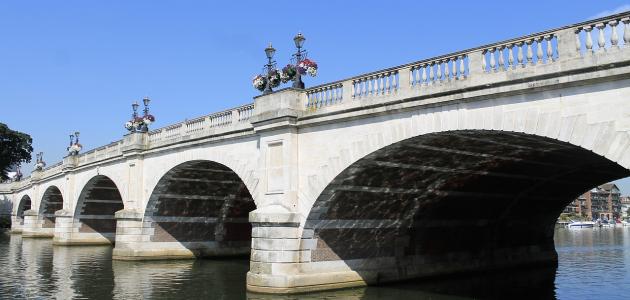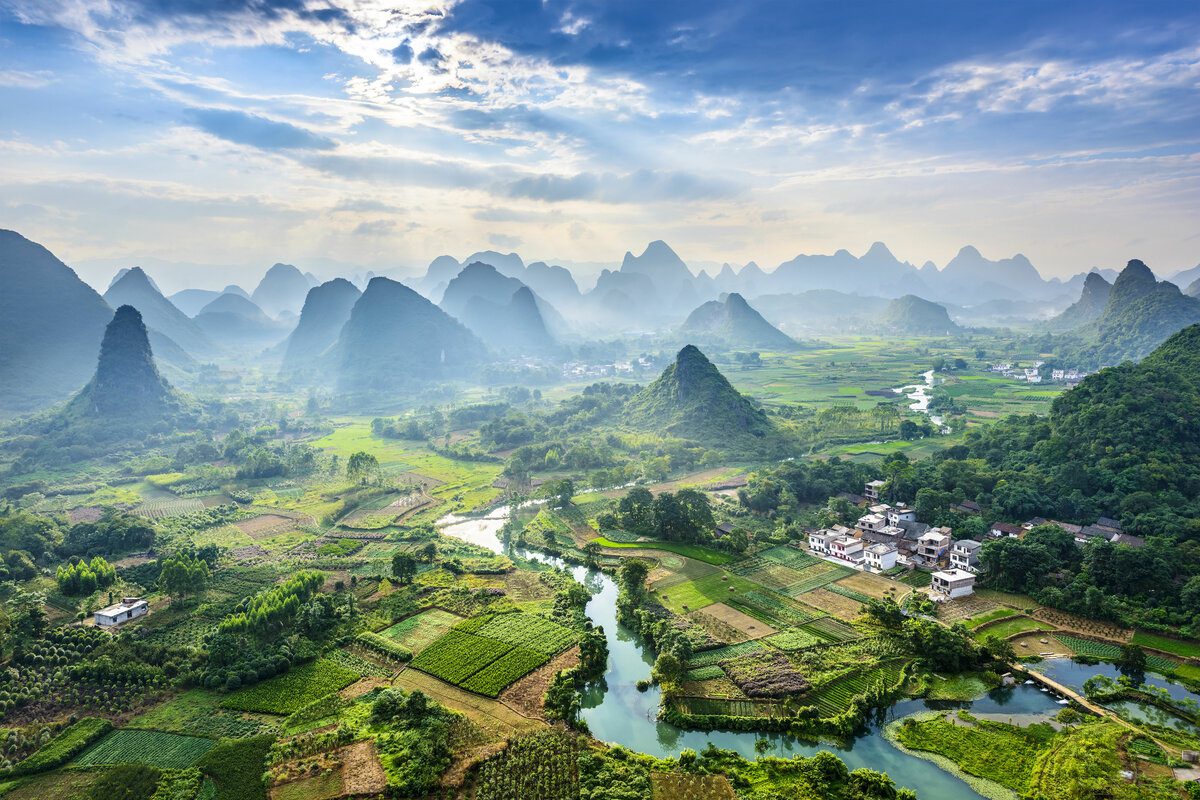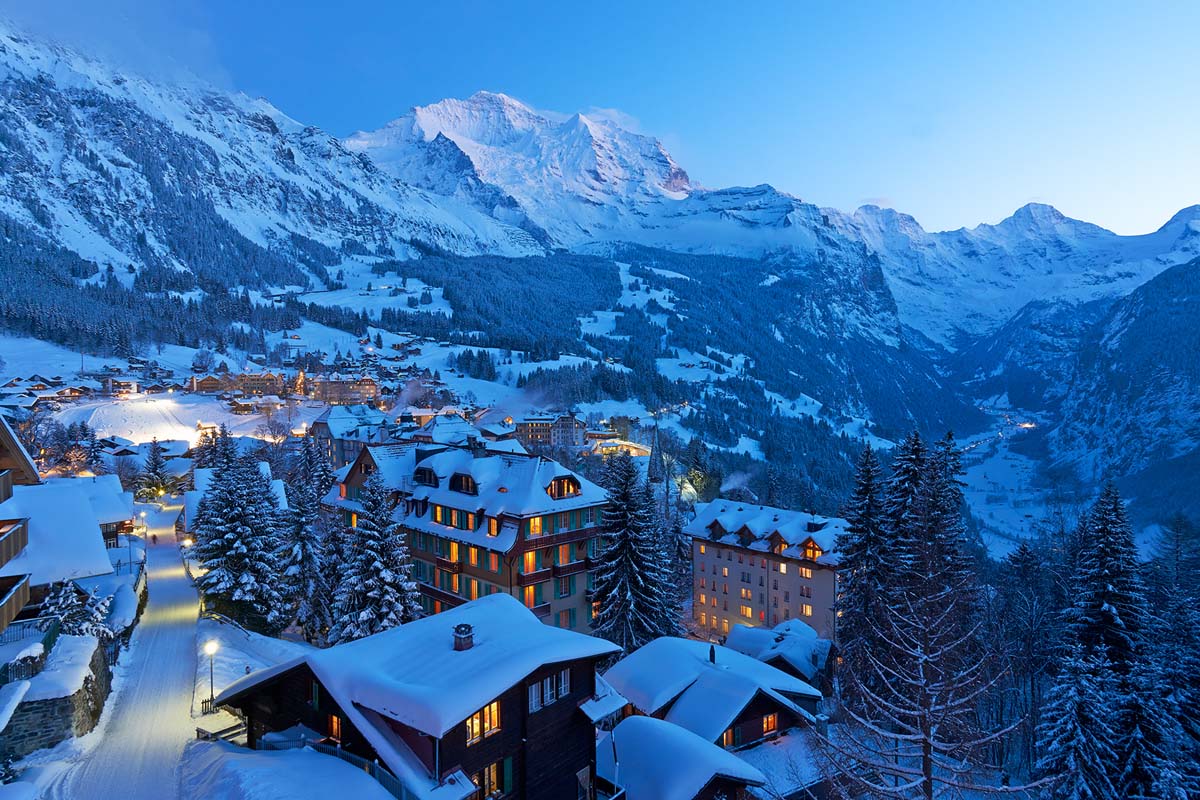Table of Contents
Arabia
It is now called the Arabian Peninsula, and it is called the Arabian Peninsula. This island occupies a place in the southwest of the continent of Asia, and is considered the largest peninsula in the world in terms of area, with an area of three million two hundred and thirty seven thousand five hundred square kilometers, and it is considered a very important part in the Asian subcontinent, and it has a political role with an impact And very important.
The Arabian Peninsula is considered the most important in geopolitical terms, as it has the most oil reserves and a source of natural gas, and the origin of the peninsula came after a rift in the Red Sea region more than fifty-six million years ago. It is bordered on the western side by the Red Sea, and it shares borders with the Persian Gulf on the northeastern side, and with the Indian Ocean has borders on the southeastern side.
Geography
The Arabian Peninsula is taken from the Asian continent as its stable, and it interferes with a group of deserts located to the north such as the Levantine and Iraqi desert. The borders are mixed and appear unclear, and the desert border is considered to be the most visible landmark of the Arabian Peninsula that dominates vast areas of it, except for the areas close to Southwest, as mountain ranges spread and record good rain precipitation during the year. The area called Harat Al-Sham, which stretches from northwest to Jordan and southern Syria, is considered volcanic.
The continental climate prevails in the Arabian Peninsula, where its summers are hot and cold winters, and it records an average precipitation of 23 square centimeters annually. The weather of the Arabian Peninsula is characterized by drought, except that the mountainous regions and the high peaks are less heat than the rest of the region, as the cold air prevails in the coastal border areas near the Arabian Sea, and the summer witnesses a blowing of some breezes with moisture after the sudden movement of cold water towards the coast, and from The most famous terrain of the Arabian Peninsula:
- Najd plateau; it is characterized by the fertility of its lands and the fact that it is suitable for grazing and the abundance of valleys in it.
- Deserts.
- Tehama.
- Mountains.
oil discovery
The event of the discovery of oil and its extraction in the Arabian Peninsula is considered the most important historical event, and that was in the year 1930 AD, as huge quantities of oil were discovered in the region that benefit the region, and the Kingdom of Saudi Arabia is the second country in the world that contains reserves Oil: It produces more than forty two billion cubic meters, equivalent to two and a half billion barrels.
Territories
Muslims have dated the Arabian Peninsula to many regions and geographical regions as follows:
- The country of Hijaz: It is one of the historical regions in the Arabian Peninsula, located in the northwestern region extending to the west of the Arabian Peninsula, and the indication in the name of Hijaz refers to the boundary between two regions, which is a barrier separating between Tihama and Najd. She has detained Free, Banu Salim, Hurra, Aqam, and others.
The country of Hijaz begins from the southern side of the Al-Baha region, extends all the way to Tabuk and the mountains of Medin and ends there, and it takes from the western, southern and northwestern sides a site for it in the Arabian Peninsula, and the terrain is classified into mountains, volcanic freedoms, valleys and plains, and among the most famous of these valleys is a valley The branch and Wadi al-Numan, the southern and northern arduous valley, Wadi al-Sadr and Wadi Ghaib, as for the plains, including the Plain of the Sea, the Sebkha of Medina, and the sabkha of Qurayyat al-Salt, among others.
- Najd: The Najd region is located on a plateau that rises above the sea level between seven hundred and one thousand and five hundred meters, and this region is considered the largest in the Arabian Peninsula in terms of area, and it is located in the middle of the Arabian Peninsula region, and this region is considered a starting point for the kingdoms of Kinda and Tamim Gaffat, Tanukh, Bani Hanifa and Bani Asad, and the northern areas are considered border areas.
The western and northern sides are considered areas suitable for grazing, as the high area of Najd is considered one of the most important pastures in the region, as it occupies a location between the Hejaz and Jabal Tuwaiq, and the cities of Najd are categorized into several regions, the most important of which are: Shamar Mountains, Al-Washem, Al-Sir, Zulfi, Qassim, and Alia We find and others.
- The region of Bahrain: This region has a location in the eastern side of the Arabian Peninsula, and the areas of this region extend from Basra in the north to the Sultanate of Oman in the south, and the Bahrain region extends along the coasts of the Persian Gulf, and includes a set of historical monuments, the most important of which is the Taj site , Al-Zara site, Al-Dafy website and others.
- Land of Yemen: The history of this region began in the period between the thirteenth, fourteenth and fifteenth centuries during the rule of the Apostolic State, and it embraces both the Republic of Yemen and the regions located in southern Saudi Arabia, including: Asir, Najran, Jazan, Al-Baha and Al-Qunfudhah. It shares borders with Al-Hijaz, Al-Yamamah, Najd, and Yemen from the northern side, and with the Red Sea from the western side, while the eastern side connects it with the territory of Oman, and with the Gulf of Aden and the Arabian Sea from the southern side.
- The Empty Quarter: The Empty Quarter is the second largest desert in the world in terms of area. It extends to an area of six hundred and fifty thousand square kilometers. It is located in the southeastern part of the Arabian Peninsula. The Empty Quarter is divided between four countries: Yemen, Saudi Arabia, And Oman, and the Emirates, and extends to a length of more than a thousand kilometers, width of five hundred square kilometers, and sand dunes form all of its terrain, and the level of height more than three hundred meters, and is considered to be quicksand.
- Tuhama: It is considered a coastal plain parallel to the coasts of the Red Sea, and extends towards the provinces of Hijaz and Yemen to the west, and it is considered a tuhama from the names of Makkah Al-Mukarramah. The climate of the Arabian Peninsula is affected by the hot climate, so the high temperature will rise during the summer season, due to the low elevation of the region, as it is dominated by a humid atmosphere where the humidity rises to eighty-five percent.
- Yamama Territory: Yamama is located in the southern side of Najd, and this region is a contemporary of pre-Islamic and early Islamic times, and the reason for naming this name is due to the dominant Yamam bird in that region.
Political borders
The Arabian Peninsula embraces seven countries that divide its area into three million square kilometers between these countries, and this region is more prevalent in the desert areas, it records rain precipitation sometimes, and it records very high temperatures that may reach fifty-four degrees Celsius sometimes, and the countries of the peninsula The Arab countries are: Kuwait, Bahrain, Qatar, and the Emirates. They are located in the eastern side, the Sultanate of Oman in the southeastern side, and Yemen in the south of the region. As for the Kingdom of Saudi Arabia, it is concentrated in the middle of the Arabian Peninsula region, and the entire Arab Peninsula is formed The Gulf Cooperation Council, and this region is home to the largest global oil reserves, and Saudi Arabia and the United Arab Emirates ranks first in economic terms.








